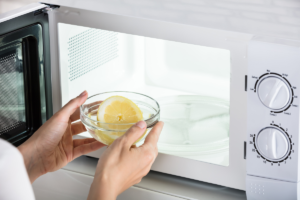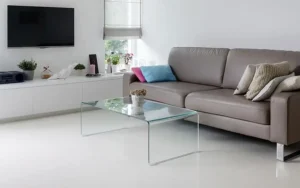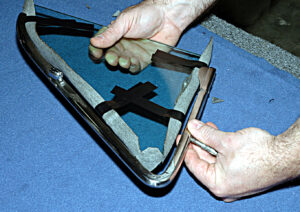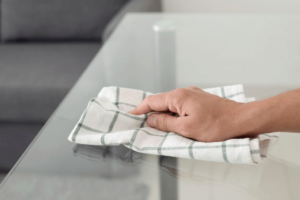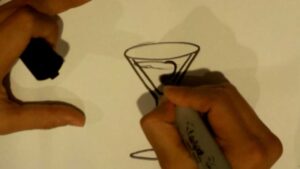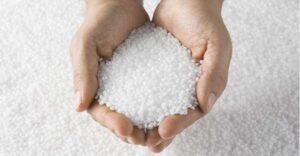You probably do not know much about low iron glass if you are like most people. However, that is about to change! We will explore everything there is to know about this unique type of glass in this blog. We will discuss everything from its history and applications to its advantages and disadvantages. There is something here for everyone, whether you are an expert in low iron glass or a complete novice. Let’s begin!
What is low iron glass?
Low iron glass is a type of glass that has been treated to remove its iron content. As a result, the glass becomes clearer and more pristine, making it suitable for a variety of applications. Low iron glass is commonly used in windows, doors, and skylights since it allows more light through than regular glass. It is also commonly used in aquariums, picture frames, and tabletops.
The benefits of low iron glass
Low iron glass is made with utility in mind. The low iron content gives the glass a higher level of clarity, making it ideal for applications where a true color representation is desired. The most popular type of low iron glass is clear float glass, which is used in everything from windows to picture frames. Other common applications for low iron glass include:
-Solar panels
-Architectural glazing
-Furniture
-Artwork
-Display cases
The history of low iron glass
Low iron glass is a type of glass that has had its iron content reduced. This results in a glass that is clearer and more colourless than standard window glass.
The first low iron glass was produced in the 19th century, but it was not widely used until the mid-20th century. Since then, it has become increasingly popular, particularly in architecture and glazing applications.
The main advantage of low iron glass is its aesthetic appeal. It is also stronger and more durable than standard window glass, making it ideal for use in high-traffic areas.
How low iron glass is made
Low iron glass is made with lower levels of iron oxide than regular window glass. This results in a clearer product that has less of a green tint. Low iron glass is also known as Optiwhite™ or Starphire®.
The production of low iron glass begins with the raw materials. Sand, soda ash, dolomite, and limestone are fused together and melted at extremely high temperatures. Iron oxide is then added to the mixture.
The addition of iron oxide is what gives regular window glass its green tint. By using lower levels of iron oxide, low iron glass has much less of a green tint to it. This results in a cleaner, clearer appearance.
The different types of low iron glass
There are three main types of low iron glass: clear, extra clear, and optiwhite. Clear low iron glass is the standard type of low iron glass. It is slightly less transparent than regular glass because it has a lower iron content. Extra clear low iron glass is even more transparent than clear low iron glass because it has an even loweriron content. Optiwhite low iron glass is the most transparent type of low iron glass because it has a very lowiron content.
Low iron glass applications
Low iron glass is created by removing most of the iron from silica sand during the manufacturing process. The result is a glass with much higher clarity and transparency than standard window glass. Low iron glass is most commonly used in applications where its superior appearance is important, such as residential windows, skylights, display cases, and aquariums. It is also used in solar panels and in certain types of insulated glass units (IGUs).
The future of low iron glass
Low iron glass is made with lower levels of iron, which gives it a clearer, brighter appearance. It is commonly used in applications where transparency is important, such as windows, skylights, and aquariums.
This type of glass has a number of advantages over traditional clear glass. It is less likely to absorb green and blue light, which can result in brighter, more vibrant colors. It is also stronger and more resistant to breakage.
The production of low iron glass is more energy-intensive than the production of traditional clear glass. However, this higher cost is offset by the many benefits of low iron glass. In the future, it is likely that this type of glass will become more widely used in a variety of applications.
FAQs about low iron glass
Q: What is low iron glass?
A: Low iron glass is a type of clear float glass that has had its iron content reduced. This results in the glass having a higher level of light transmission, making it appear more “crystal clear”.
Q: What are the benefits of low iron glass?
A: The main benefit of low iron glass is its aesthetics – it provides a cleaner, clearer look. Low iron glass is also often used where there is a need for high levels of light transmission, such as in solar panels and aquariums.
Q: How is low iron glass made?
A: The production of low iron glass begins with the use of purer raw materials. Once melted, the iron oxide impurities are removed from the batch, resulting in a lower iron content.
Q: Is low iron glass more expensive than regular float glass?
A: Yes, due to its higher level of purity, low iron glass does come at a slightly higher price point than regular float glass. However, the cost difference is often minimal and the overall benefits make low ironglass an excellent choice for many applications.

